From agriculture and construction to industrial manufacturing and commercial food production, industries across the board use endless belts to transport materials with maximum efficiency. Keep reading to see how endless belts can best benefit your business.
Understanding Endless Belts
What Are Endless Belts?
Endless belts are continuous belts that are used to transport materials during the production process.
The “endless” part of endless belts means they have no seams or joints. They are typically made with some type of rubber—like urethane, neoprene, or nitrile—and come in various dimensions and surface profiles. The defining features of endless belts are their elasticity, durability, and resistance to abrasions and chemicals.
How Are Endless Belts Made?
Belts are constructed from raw rubber and fabric on metal mandrels and open press machinery and vulcanized to a homogenous belt. They’re produced under tension, allowing the process to maintain and control fabric stability. After the vulcanization process, the belt is sent to finishing, where it’s trimmed and ground to the required thickness.
Endless belts vs Regular belts
Since there are no belt splices on endless belts, they induce fewer manufacturing errors and are more durable than regular conveyor belts.
Overall, endless belts offer several advantages over regular machinery belts with a splice. They are more durable, provide better performance, require less maintenance, and are safer to use. For these reasons, many industries choose to use endless belts in their operations.
By reducing the need for manual labor, endless belts increase production efficiency.
4 Endless Belt Applications
1. Tube winders
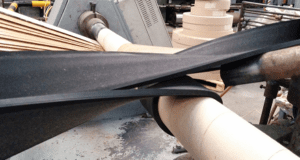
Also known as spinning belts, tube winders are designed for industrial applications for paper machine winders in the spiral winding industry. Spinning belts increase manufacturing efficiency.
2. Conveyor belts
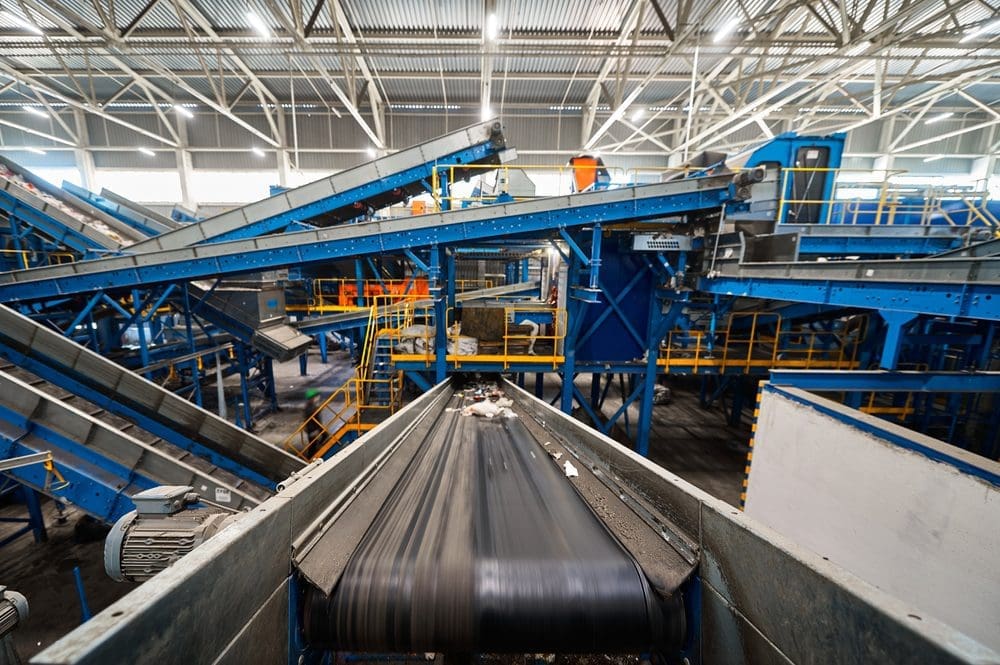
Factories utilize Conveyor belts for various manufacturing purposes, including food processing and woodworking. These belts transport materials throughout the production process and come in various sizes for various applications.
3. Harvesting machines
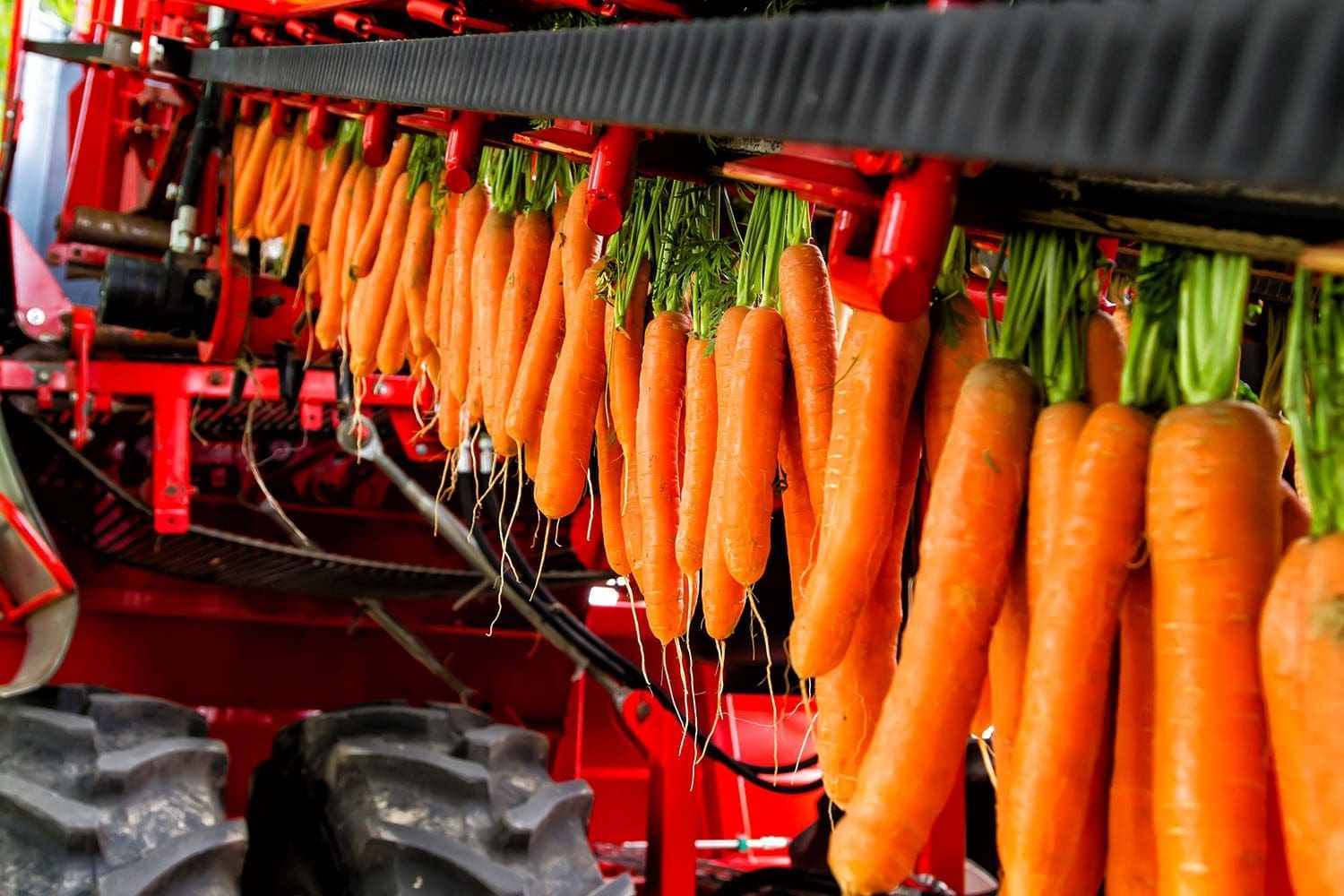
Endless belts accelerate the harvesting process in the agriculture industry. Heavy machinery like balers and potato harvesters use endless belts.
4. Extrusion belts
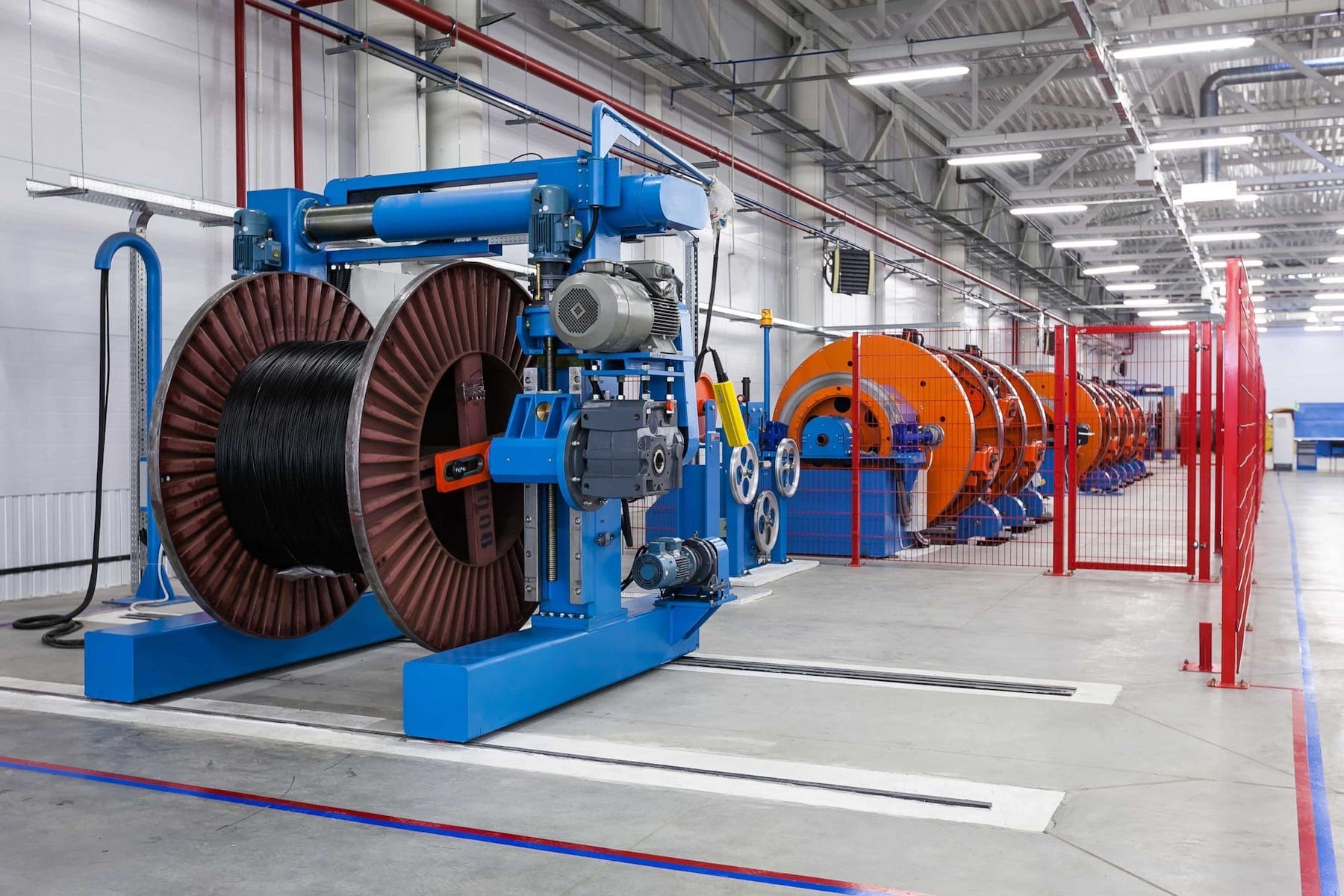
The plastic and aluminum extrusion industries use endless belts in their aluminum extrusion applications.
5 Different Types of Endless Belts
When purchasing endless belts, you have five main types to choose from. Check out their key features below.
1. Flat Belts

Commercial and industrial conveyance systems, including those used on assembly lines, use flat endless belts. They offer reliable movement and are versatile, efficient, durable, and simple.
2. Conveyor Belts
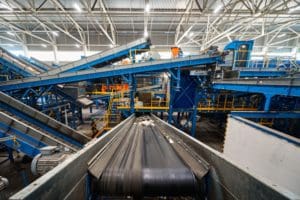
Industrial conveyor belts allow for the continuous movement of materials on a pulley system.
3. Ribbed Belts
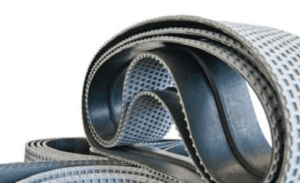
The thick ridges on ribbed endless belts have a coarser texture than other belt materials. The benefits of this endless belt type include flexibility, quiet operation, and clean production runs.
4. Rubber Belts
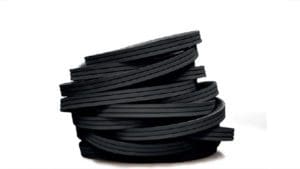
Rubber endless belts offer greater flexibility than metal endless belts. They’re also resistant to tears and abrasions.
5. Timing Belts

Pulley systems utilize endless timing belts, a specific type of tooth belt. They are corrosion and stretch-resistant and allow users to modify belt speed. Their benefits include energy efficiency, low maintenance, minimal noise production, versatility, and clean operation.
6 Benefits of Endless Belts
Endless belts offer six main benefits to users across industries.
1. Increased Durability.
Truly endless belts have no seams or splices that could fail. Their well-balanced construction and smooth operation reduce vibration, leading to less strain on the system.
2. Improved Performance.
They offer the highest level of accuracy, which results in optimal performance and a longer belt life.
3. Reduced Maintenance.
Because endless belts are more durable and have fewer issues with performance, they require less maintenance than belts with a splice. This can lead to cost savings over time.
4. Improved speed.
Their ability to run at higher speeds makes them reliable for high-volume production runs.
5. Increased Safety.
Belt splicing can be a safety hazard, as it can come apart during operation and cause accidents or damage to the machinery. Endless belts eliminate this risk, as there are no splices to come apart.
6. Customization.
Endless belts can be custom-made to fit specific machinery, which can improve performance and reduce the risk of belt slippage. This customization is not always possible with belts that have a splice.
So should you switch to endless belts? In the end, that decision is highly dependent on your industry. If you are already struggling with frequent downtimes or slipping belts, this is definitely something you should look into. In the end and no matter your industry, process optimization is something all manufacturers strive for.
Endless Belts That Are Built to Last
Rainbow Rubber and Plastics, the industry’s leader and manufacturer of Truly Endless belt technology, customizes endless belts for particular applications. Whatever thickness, width, length, or load-bearing capacity you need, we have the endless belt to meet your unique specifications. Contact us today to get started.
Comments are closed.

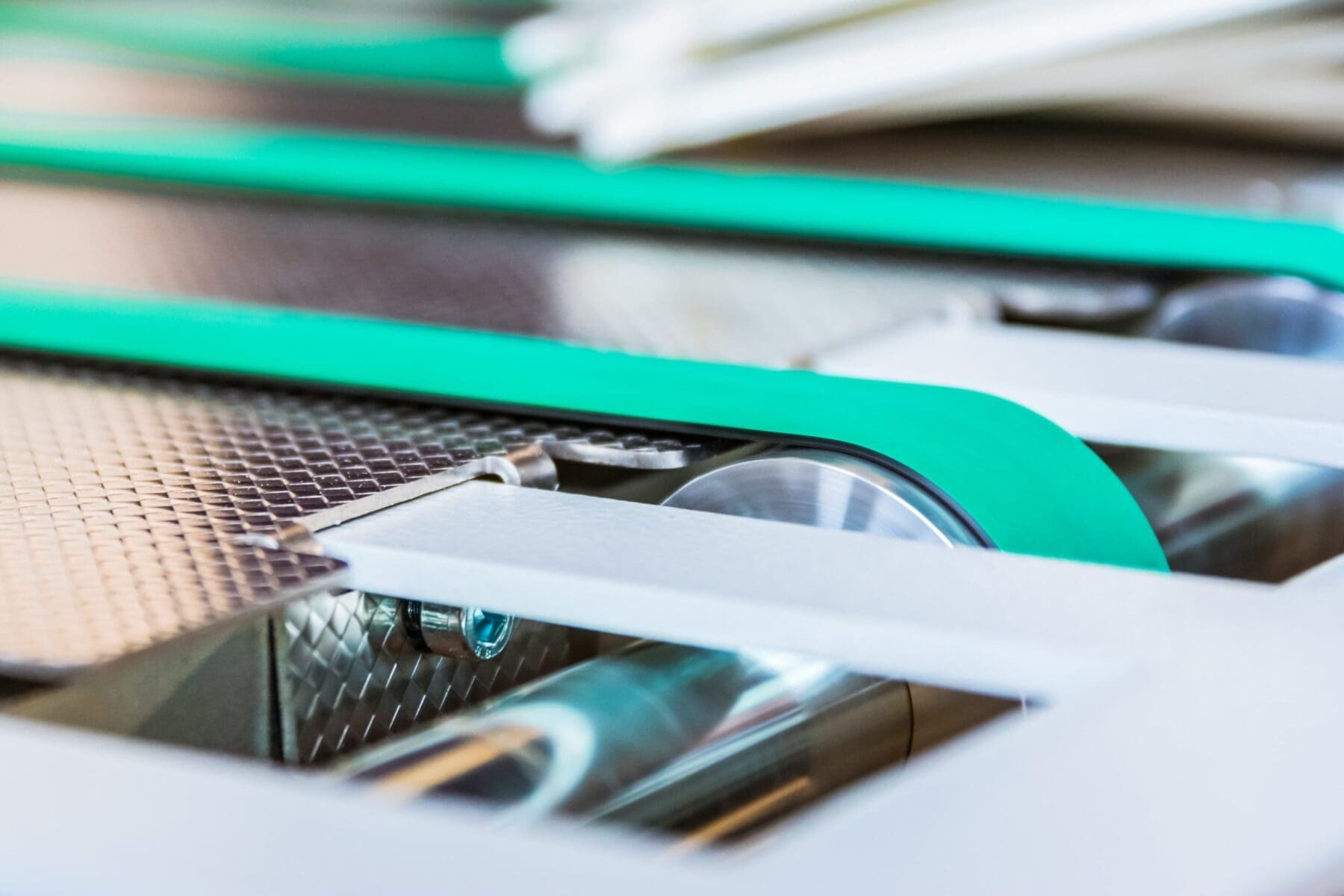

Recent Comments